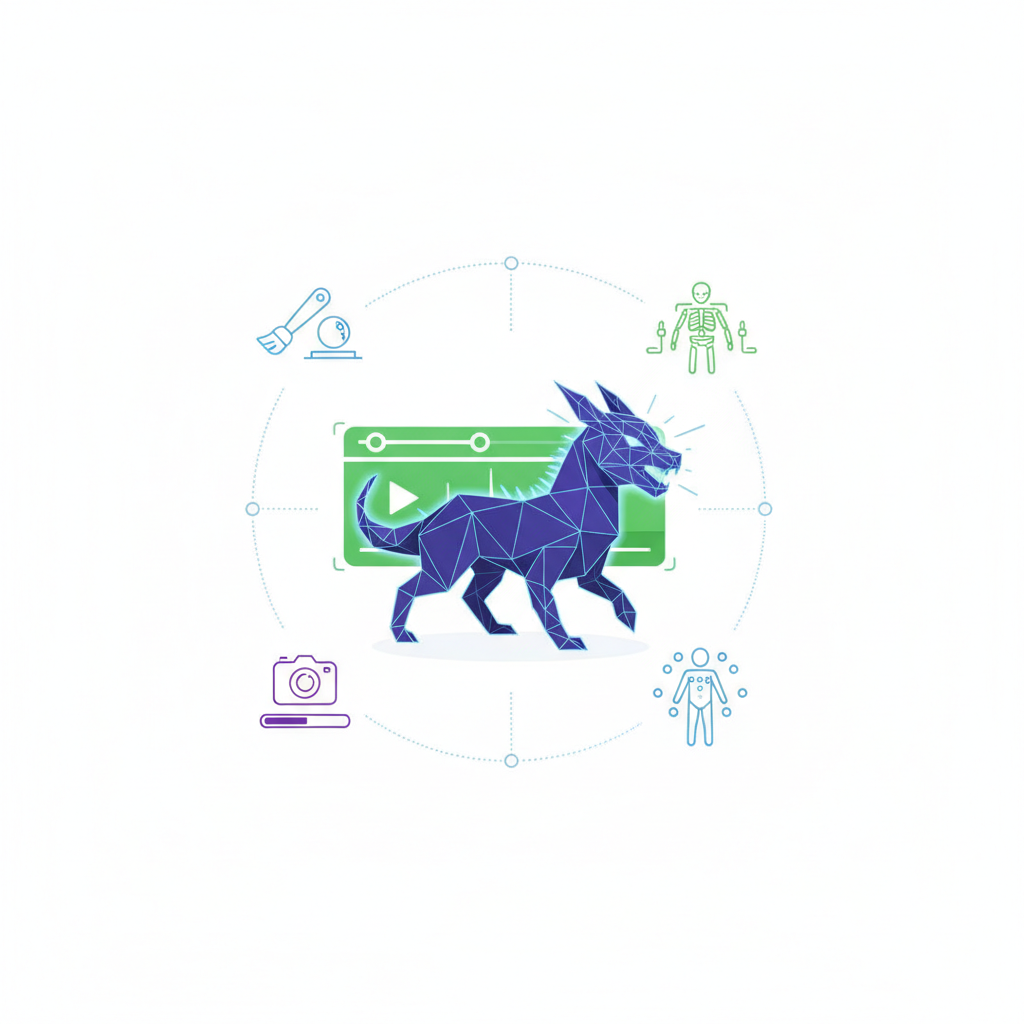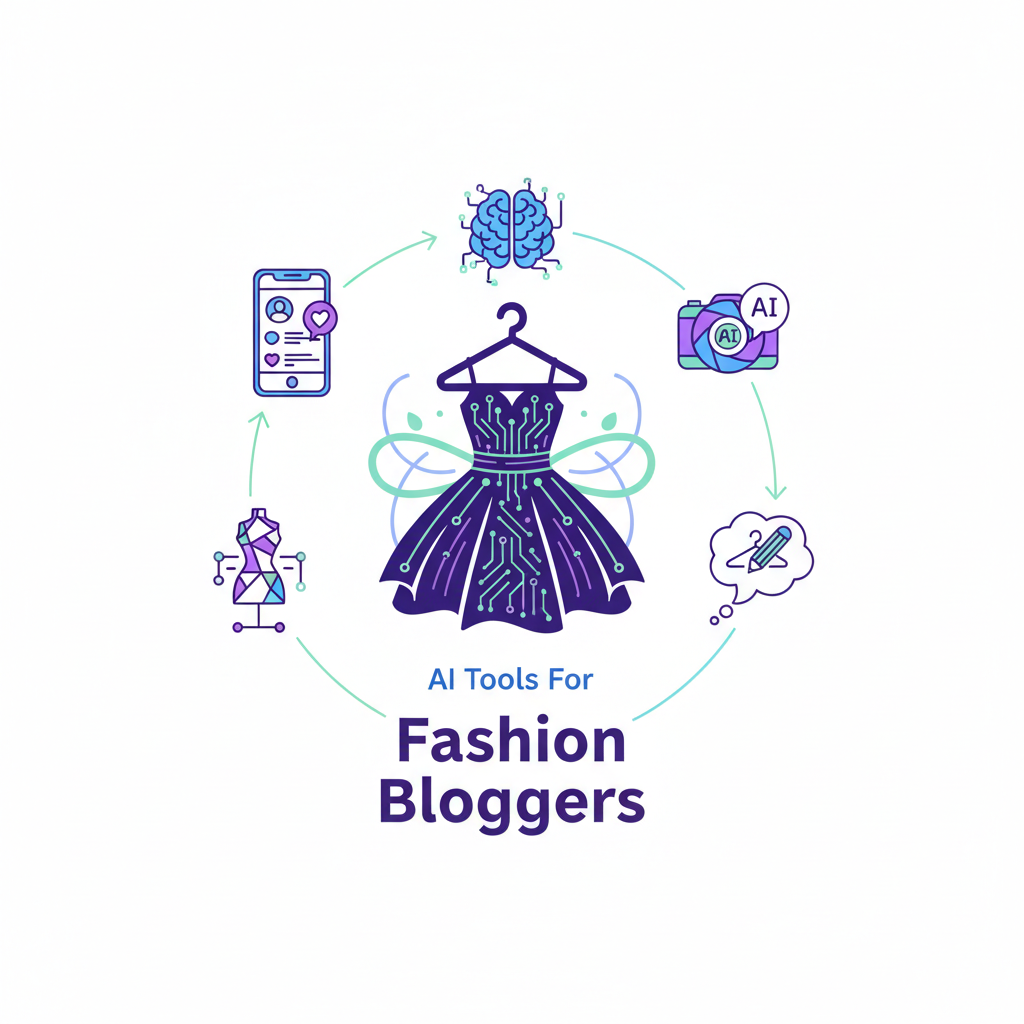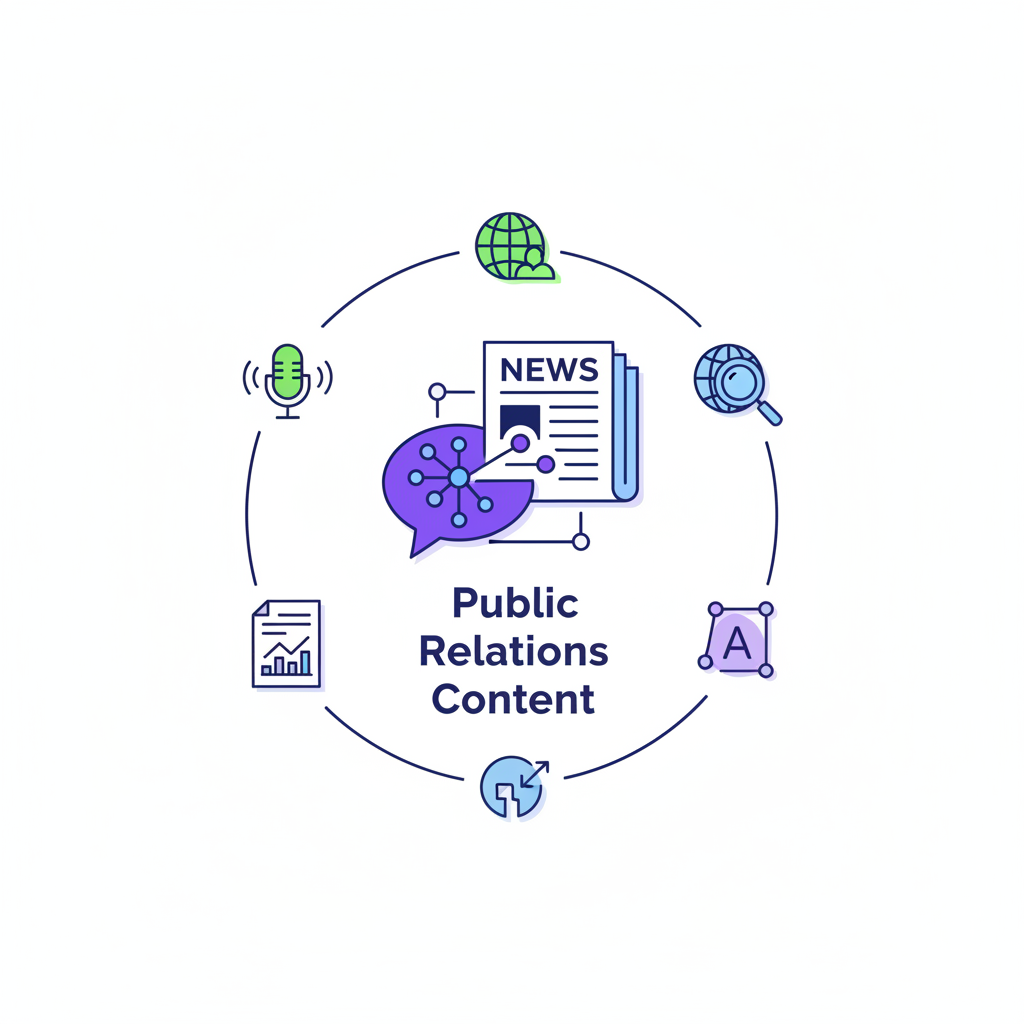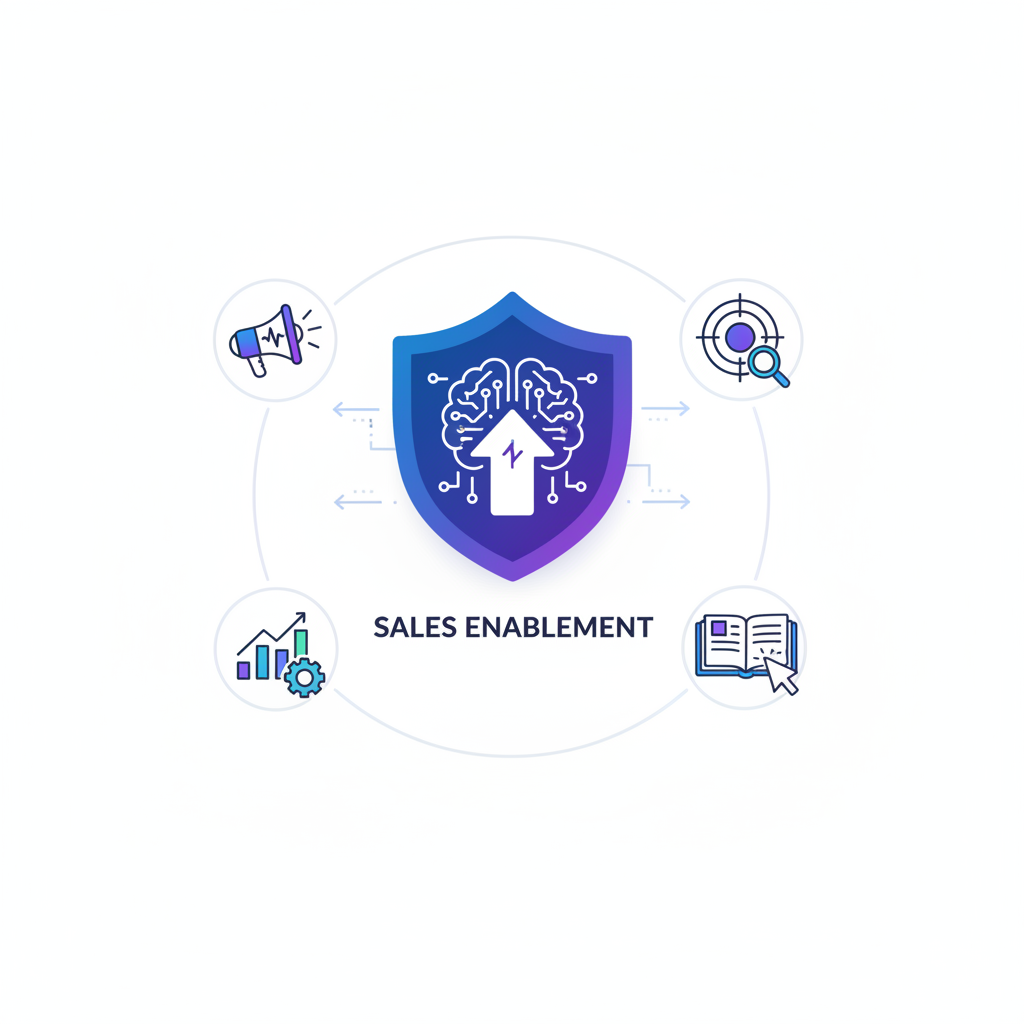Top 10 AI Tools for 3D Modelling & Animation
The world of 3D creation is being revolutionized by AI. Discover the top 10 AI tools—from text-to-3D generators like Luma AI and Meshy to AI-powered rigging and markerless motion capture solutions like Masterpiece X and Rokoko Video—that are democratizing the 3D pipeline and becoming indispensable co-pilots for artists, game developers, and designers.

The landscape of digital creation is undergoing a seismic shift, and at the epicenter of this transformation is Artificial Intelligence. For decades, 3D modelling and animation have been disciplines defined by meticulous manual labor, steep learning curves, and time-intensive rendering processes. From sculpting intricate characters to rigging complex skeletons and animating lifelike movements, every step has demanded a high degree of technical skill and patience. Today, AI is not just augmenting these workflows; it's completely redefining them.
Imagine typing a simple description—"a weathered, moss-covered stone golem with glowing blue eyes"—and watching a detailed 3D model materialize in seconds. Picture uploading a video of yourself dancing and having that motion seamlessly applied to a digital avatar without a single marker or a specialized suit. This is no longer science fiction; it's the new reality powered by AI. These tools are democratizing 3D creation, lowering the barrier to entry for beginners while providing seasoned professionals with powerful new ways to accelerate their pipelines and unlock unprecedented creative possibilities.
This article will serve as your comprehensive guide to the most innovative and impactful AI tools currently available for 3D modelling and animation. We will explore a curated list of the top 10 platforms that are changing the game, from text-to-3D generators and AI-powered texturing suites to intelligent rigging and motion capture solutions. Whether you're a game developer, a VFX artist, an architect, or a hobbyist looking to dive into the world of 3D, understanding these tools is no longer optional—it's essential for staying at the forefront of the industry.
Understanding the Role of AI in 3D Creation
Before we dive into the specific tools, it's crucial to understand the different ways AI is being applied across the 3D pipeline. AI in this context isn't a single technology but an umbrella term for various machine learning models and algorithms that assist in creative tasks. These can be broadly categorized into a few key areas.
Generative AI is perhaps the most talked-about category. This includes Text-to-3D models, where a neural network interprets a text prompt to generate a 3D mesh, and Image-to-3D models, which extrapolate three-dimensional geometry from a single two-dimensional image. These tools are revolutionizing the concepting and asset creation phases.
AI-Assisted Workflows focus on speeding up traditionally laborious tasks. This includes tools for automatic UV unwrapping, AI-powered texturing that can generate seamless materials from prompts, and intelligent retopology algorithms that optimize complex meshes for animation or real-time rendering with a single click.
In animation, AI is making massive strides. AI-powered rigging can automatically generate a functional skeleton for a character model, saving artists days or even weeks of work. Furthermore, AI-driven motion capture allows animators to extract complex human movements from standard video footage, eliminating the need for expensive mocap studios. Physics-based AI in tools like Cascadeur helps create realistic secondary motion and believable character interactions with their environment.
Finally, AI plays a significant role in post-production and rendering. AI denoisers have become a standard feature in most rendering engines, cleaning up noisy images to dramatically reduce render times. AI upscaling algorithms can also increase the resolution of final renders without a significant loss in quality.
Now, let's explore the ten tools that are leading the charge in these areas.
1. Luma AI
Luma AI has quickly become a standout name in the world of 3D capture and generation. Initially gaining fame for its incredible NeRF (Neural Radiance Fields) technology, which creates stunning 3D scenes from video footage, Luma has expanded its toolset to include a powerful text-to-3D model called Genie. This makes it a versatile platform for both capturing reality and generating imaginative creations.
Primary Use Case: High-fidelity 3D scene capture from video (NeRFs) and text-to-3D model generation.
Key Features:
- Genie 1.0: A sophisticated text-to-3D model that produces high-quality, game-ready assets with clean topology and PBR materials.
- NeRF Technology: Capture real-world objects and environments with your phone and convert them into interactive 3D scenes.
- Interactive Web Viewer: View, share, and embed your 3D creations directly in a web browser.
- Multiple Export Formats: Exports models in formats like GLB, USDZ, and OBJ, making them compatible with major 3D software and game engines.
Who It's For: Luma AI is fantastic for a wide range of users. Hobbyists and content creators can use its NeRF capabilities to capture and share 3D memories. Game developers and 3D artists can leverage Genie to rapidly prototype assets and generate base meshes for further refinement. Explore Luma AI
2. Spline
Spline is a collaborative, browser-based 3D design tool that has made 3D creation more accessible to designers who are familiar with 2D tools like Figma. Its intuitive interface abstracts away much of the complexity of traditional 3D software. Recently, Spline has integrated AI, allowing users to generate 3D objects, textures, and entire scenes using simple text prompts directly within the design environment.
Primary Use Case: Collaborative 3D design and web-based interactive experiences, now with AI-powered generation.
Key Features:
- AI Prompts: Generate 3D models and textures by describing what you want.
- Real-Time Collaboration: Work on 3D scenes with your team simultaneously, much like Google Docs or Figma.
- Interactive Web Exports: Easily embed your 3D scenes into websites with options for animation and user interaction.
- Physics and Game Controls: Add dynamic elements to your scenes without writing code.
Who It's For: Spline is perfect for UI/UX designers, web designers, and product teams who want to incorporate 3D elements into their projects without the steep learning curve of traditional software. The addition of AI makes it even more powerful for rapid prototyping and creative exploration. Learn about Spline
3. Kaedim
Kaedim addresses a very specific and common bottleneck in the 3D pipeline: converting a 2D concept into a 3D model. This platform uses AI to automatically generate a 3D mesh from a single 2D image, whether it's a piece of concept art, a photo, or a simple sketch. It offers various levels of detail and can significantly speed up the initial modelling phase.
Primary Use Case: Generating 3D models from 2D images.
Key Features:
- Image-to-3D Conversion: Upload a 2D image and let the AI generate a 3D model.
- Automatic Texturing: The AI can also generate textures based on the source image, including diffuse, normal, and roughness maps.
- In-house Art Team Review: Kaedim offers a unique service where their internal artists can review and refine the AI-generated model to ensure quality.
- Integrations: Plugins for popular software like Blender, Unreal Engine, and Unity streamline the workflow.
Who It's For: Kaedim is invaluable for game studios and animation houses that need to produce a large volume of assets. It allows concept artists' work to be quickly translated into a 3D base that modellers can then refine, saving countless hours. Discover Kaedim
4. Masterpiece X
Masterpiece X is a comprehensive generative AI platform designed to simplify the entire 3D creation process, from initial mesh to animation. It's not just a single-function tool but a suite that allows users to generate, edit, and rig 3D models using natural language and intuitive controls. Its standout feature is its AI-powered auto-rigging.
Primary Use Case: All-in-one platform for generating, editing, and rigging 3D models.
Key Features:
- Text-to-3D Generation: Create 3D meshes from descriptive text prompts.
- AI Auto-Rigging: Automatically generates a clean, animation-ready skeleton for any humanoid or quadruped model in minutes.
- Mesh Editing Tools: Provides tools to refine and modify the geometry of AI-generated models.
- Animation Capabilities: Once rigged, models can be posed and animated directly within the platform.
Who It's For: This tool is aimed at indie developers, solo creators, and artists who need to perform multiple roles in the 3D pipeline. The ability to go from a text prompt to a fully rigged and animatable character in one continuous workflow is a massive time-saver. See Masterpiece X in action
5. Meshy
Meshy is another powerful and versatile generative AI platform that excels at both text-to-3D and image-to-3D conversion. It has gained attention for its speed and the quality of its generated assets, particularly its AI texturing capabilities. It's designed to be a fast and efficient tool for creating game-ready assets.
Primary Use Case: Rapid generation of 3D assets and textures from text or images.
Key Features:
- Text-to-3D: Generates 3D models from text prompts with a focus on creating assets that are ready for use in games.
- Image-to-3D: Creates a 3D model from a 2D reference image.
- AI Texturing: Describe the material you want (e.g., "rusty metal with scratches"), and Meshy's AI will generate PBR textures for your model.
- Voxel-based Generation: Its underlying technology allows for complex and detailed shapes to be generated effectively.
Who It's For: Meshy is highly suitable for game developers, virtual world builders, and 3D artists who need to quickly populate their scenes with a variety of assets. Its AI texturing feature is a significant workflow accelerator. Explore Meshy's capabilities
6. NVIDIA Omniverse
NVIDIA Omniverse is less of a single tool and more of a powerful, collaborative platform for building and operating 3D pipelines. Within this ecosystem, NVIDIA is constantly integrating cutting-edge AI research. This includes generative AI models like Magic3D for high-quality text-to-3D generation and a suite of AI-powered tools called ACE (Avatar Cloud Engine) for creating lifelike digital humans.
Primary Use Case: Professional-grade 3D collaboration and simulation, with access to state-of-the-art AI features.
Key Features:
- Universal Scene Description (USD): Built on Pixar's USD, allowing for seamless interoperability between different 3D applications.
- Generative AI Models: Access to NVIDIA's latest research in text-to-3D and image-to-3D.
- AI-Powered Avatars: Tools for creating realistic digital humans, complete with AI-driven animation and conversation systems.
- Physics Simulation: Advanced, real-time physics simulation for creating highly realistic virtual worlds.
Who It's For: Omniverse is targeted at large studios, enterprise clients, and professional creators who require a robust, collaborative environment. It's a platform for those working on the cutting edge of VFX, game development, and industrial simulation. Discover NVIDIA Omniverse
7. Cascadeur
Cascadeur is a unique tool on this list because it's not a generative AI. Instead, it's a standalone animation software that uses AI and physics-based tools to assist the animator. It helps create physically accurate animations for characters and creatures without the need for mocap data. The AI interprets key poses and generates realistic transitions and secondary motions.
Primary Use Case: AI-assisted keyframe animation with a focus on physics and realism.
Key Features:
- AutoPosing: An AI tool that helps create natural and balanced poses by adjusting the character's center of mass and fulcrum points.
- Physics-Based Interpolation: The AI fills in the frames between your key poses with physically correct motion.
- Secondary Motion: Automatically adds realistic follow-through and overlapping action to animations, such as the sway of clothing or hair.
- Deep Learning Rigging: A suite of tools to quickly rig characters and prepare them for the physics-based workflow.
Who It's For: Cascadeur is a dream come true for animators, especially those in the gaming industry. It empowers artists to create complex, dynamic, and realistic animations by hand that would otherwise be incredibly difficult and time-consuming. Learn more about Cascadeur
8. Rokoko Video
Rokoko has long been a leader in accessible motion capture solutions with its Smartsuit Pro. With Rokoko Video, they have brought that expertise into the realm of AI. This tool allows you to capture motion data by simply recording a video with any camera—even your smartphone. The AI analyzes the video and extracts the actor's movements, which can then be applied to a 3D character.
Primary Use Case: AI-powered motion capture from a single video source.
Key Features:
- Markerless Mocap: No need for special suits or markers; the AI tracks the body from standard video footage.
- Browser-Based: The entire process is handled online, making it incredibly accessible.
- Animation Filtering and Editing: Provides tools to clean up the captured data and refine the animation.
- Integration with Rokoko Studio: The data can be brought into Rokoko's free software for further editing and export to any major 3D application.
Who It's For: Rokoko Video is a game-changer for indie developers, YouTubers, and small animation teams who need motion capture capabilities without the high cost and complexity of traditional systems. Try Rokoko Video
9. Move AI
Move AI is another major player in the AI motion capture space, offering a solution that can extract high-fidelity motion from multi-camera video setups without the need for markers or suits. While it can work with a single camera, its real power is unlocked when using two to six cameras, allowing it to capture much more complex and nuanced movements than single-camera solutions.
Primary Use Case: High-fidelity, multi-camera AI motion capture.
Key Features:
- Multi-Camera Capture: Use multiple iPhones or other cameras to capture motion from various angles for superior accuracy.
- Move One App: A dedicated app that simplifies the process of capturing footage with an iPhone.
- Advanced AI Algorithms: Capable of capturing complex interactions, such as two people interacting, which is difficult for other systems.
- High-Fidelity Data: Produces animation data that rivals the quality of some traditional mocap systems.
Who It's For: Move AI is for creators who need a higher level of quality and accuracy than single-camera mocap can provide but still want to avoid the cost of optical mocap studios. It's ideal for small to medium-sized game and animation studios. Check out Move AI
10. Polyhive
Polyhive is an AI-powered platform focused specifically on texturing 3D models. Texturing is often one of the most time-consuming parts of 3D asset creation. Polyhive allows artists to generate high-quality, seamless PBR materials using text prompts. You can describe any material imaginable, and the AI will create the necessary texture maps for you.
Primary Use Case: AI-powered 3D model texturing.
Key Features:
- Text-to-Texture Generation: Create entire texture sets (albedo, normal, roughness, metallic, etc.) from a single text prompt.
- 3D-Aware Texturing: The AI understands the model's geometry, allowing it to place details intelligently, like adding wear and tear to edges.
- Style Consistency: Generate textures for multiple assets in a consistent artistic style.
- Inpainting and Outpainting: Edit specific parts of a texture or expand it seamlessly.
Who It's For: Polyhive is an essential tool for 3D artists and game developers. It dramatically speeds up the texturing workflow, allowing for rapid iteration and the creation of unique, stylized materials that would be difficult to create from scratch. View Polyhive's texturing tools
AI 3D Tools Comparison
To help you choose the right tool for your needs, here is a summary of the platforms we've discussed.
| Tool Name | Primary Function | Target Audience | Key Differentiator |
|---|---|---|---|
| Luma AI | Text-to-3D & NeRF Scene Capture | Hobbyists, Game Developers, 3D Artists | High-fidelity NeRF capture from video |
| Spline | Collaborative 3D Design with AI | Web Designers, UI/UX Designers, Product Teams | Real-time collaboration in a browser |
| Kaedim | 2D Image-to-3D Model Conversion | Game Studios, Animation Studios | Human-in-the-loop quality assurance |
| Masterpiece X | All-in-One Generation & Rigging | Indie Developers, Solo Creators | Integrated AI auto-rigging |
| Meshy | Text/Image-to-3D & AI Texturing | Game Developers, Virtual World Builders | Strong focus on game-ready assets and textures |
| NVIDIA Omniverse | Professional 3D Collaboration | Large Studios, Enterprise, Professionals | USD-based platform with cutting-edge AI research |
| Cascadeur | AI-Assisted Keyframe Animation | Animators, Game Developers | Physics-based animation assistance |
| Rokoko Video | Single-Camera AI Motion Capture | Indie Developers, YouTubers, Small Teams | Extreme accessibility and ease of use |
| Move AI | Multi-Camera AI Motion Capture | Small to Medium Studios, Professional Creators | High-fidelity capture using multiple cameras |
| Polyhive | AI-Powered 3D Texturing | 3D Artists, Game Developers | 3D-aware texturing and style consistency |
The Future of AI in 3D Modelling and Animation
The rapid evolution of these tools is just the beginning. We are on the cusp of a new era where the line between artist and tool blurs. In the near future, we can expect to see real-time generative AI directly integrated into game engines like Unreal and Unity, allowing developers to create assets and environments conversationally. Imagine telling your 3D software, "Create a dense forest with a winding river, and make it look like a Studio Ghibli film," and watching it happen in real time.
This paradigm shift also raises important questions about the role of the human artist. Will AI replace 3D modellers and animators? The consensus among professionals is a resounding no. Instead, AI will become an indispensable co-pilot. It will handle the tedious, repetitive tasks, freeing up artists to focus on what truly matters: creativity, direction, and storytelling. The artist's role will evolve from a technical operator to a creative director, guiding powerful AI systems to realize their vision.
Ethical considerations, such as data set biases and intellectual property rights for AI-generated content, will continue to be a critical area of discussion and development. As the technology matures, so too will the frameworks that govern its use.
Conclusion: Your New Creative Co-Pilot Awaits
The ten tools we've explored represent the vanguard of a revolution in 3D content creation. From generating initial models with Luma AI or Meshy, to texturing them with Polyhive, and finally animating them with the assistance of Cascadeur or Rokoko Video, AI is integrating into every facet of the 3D pipeline. These platforms are breaking down long-standing barriers, making 3D more accessible, faster, and more intuitive than ever before.
For artists and creators, this is not a moment to fear obsolescence but to embrace opportunity. Learning to effectively wield these AI tools will be the defining skill of the next generation of 3D professionals. They are not here to replace your creativity but to amplify it, to act as a tireless assistant that can handle the grunt work, allowing you to focus on the art.
We encourage you to explore these platforms, experiment with their capabilities, and discover how they can fit into your unique workflow. The future of 3D modelling and animation is a collaborative dance between human ingenuity and artificial intelligence, and the stage is set for you to create something truly extraordinary.
Featured Tools

10Web is an AI-powered WordPress platform that offers automated website building, hosting, and optimization with AI assistance for content and image generation.

A global creative platform connecting businesses with freelance designers for custom graphic design projects.

Acquire.io is a customer engagement platform offering live chat, AI chatbots, co-browsing, and video chat to enhance customer support and sales.

A customer experience automation platform combining email marketing, marketing automation, and CRM with AI-powered personalization.

An AI-powered customer service automation platform that delivers personalized, instant support across various channels.
Top AI Categories
Related Articles

Top 10 AI Tools for Fashion Bloggers
Discover insights about AI tools and technology.

Top 10 AI Tools for Public Relations Content
Discover insights about AI tools and technology.

Top 10 AI Tools for Sales Enablement
Discover insights about AI tools and technology.